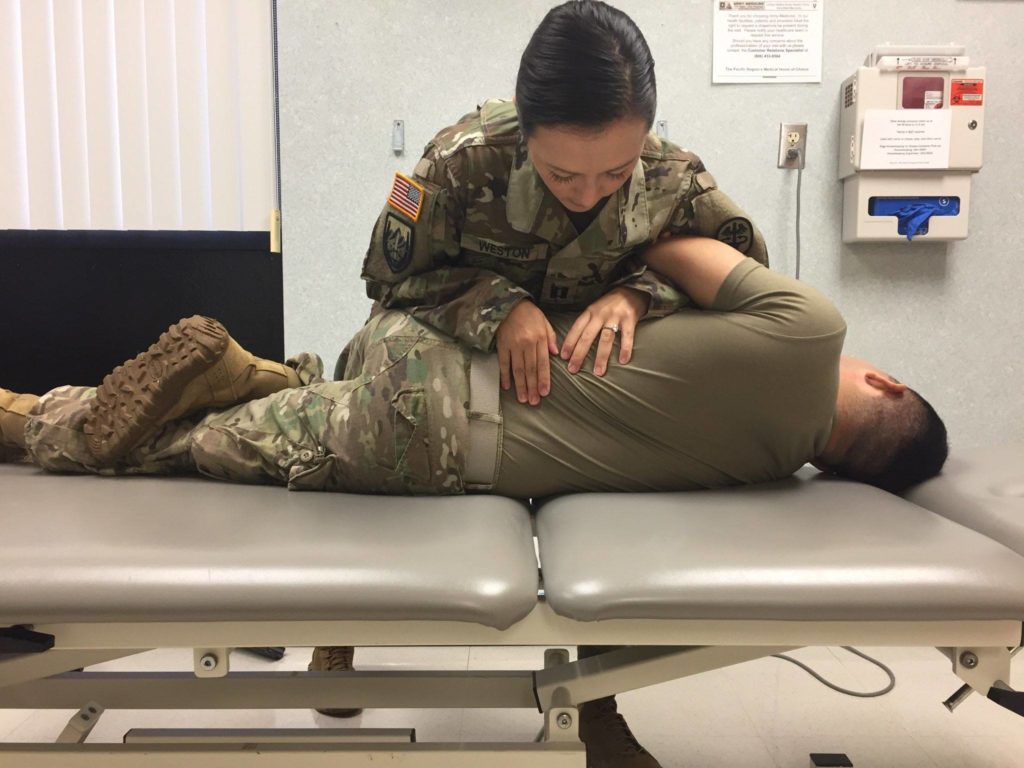Prevent Lower Back Pain (Running, Walking & Training)
Prevent Main Factor in Back Pain
- The real cause of the pain was missed.
- You do not need to give up running.
- This kind of back pain is not inflammatory so does not benefit by anti-inflammatory medicine, which often causes its own problems.
- Hamstring and other stretches commonly prescribed, more often contribute than help lower back pain.
- Forward bending abdominal exercises are a large and misunderstood contributor to back pain.
- Impact is not the problem. With a little common sense you can see if you clomp instead of walking or running lightly. Use leg muscles to step lightly instead of bashing down with no control. You should be able to run and jump with little impact. Many people walk with higher impact than a good runner lands during running.
Most important was the missed cause – lower back pain during and following running, walking, lifting, and other upright activity is usually from allowing the lower spine to over arch. This hyperlordosis is not caused by an anatomic problem “condition.” It is a bad posture, which is easily correctable. Hyperlordosis is one of the most commonly missed causes of lower back pain.
This is what we had Nick do. You can try it too.
Check yourself these two ways to see if you stand in hyperlordosis:
- Stand up and look sideways in a mirror. Your belt should be level. The side seam in dress or trousers should be vertical from leg to waist, not tilted forward at the hip
- Back up slowly and gently into a wall. If your backside touches first, it may be an indicator that you lean forward at the hip. If your upper back touches first it is usually a good indicator that you lean the upper body backward, which increases a second kind of hyperlordosis.
Here is how to reduce an overly large arch:
- Stand with your back against a wall, with heels, hips, upper back and back of your head touching.
- Put your hands on your hips, thumbs facing the back.
- Roll your hip under so that your thumbs come downward in back.
- Feel the large space between lower back and the wall become a smaller space.
- Keep your heels, hips, upper back and the back of your head touching the wall and stand tall and straight. Lower back pain that is caused by hyperlordosis should ease right away.
- Keep the good new neutral spine when you walk away from the wall, and all the time.
Nick was quickly able to return to running by stopping hyperlordosis.
Recognize hyperlordosis. It will save office visits, even emergency room visits, tests, time, money, stress, and worry. Reduce hyperlordosis to neutral spine with a simple repositioning technique to stop and prevent much pain.

